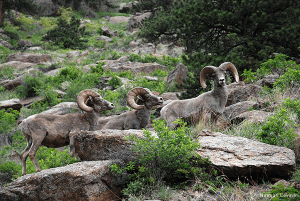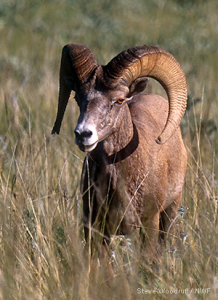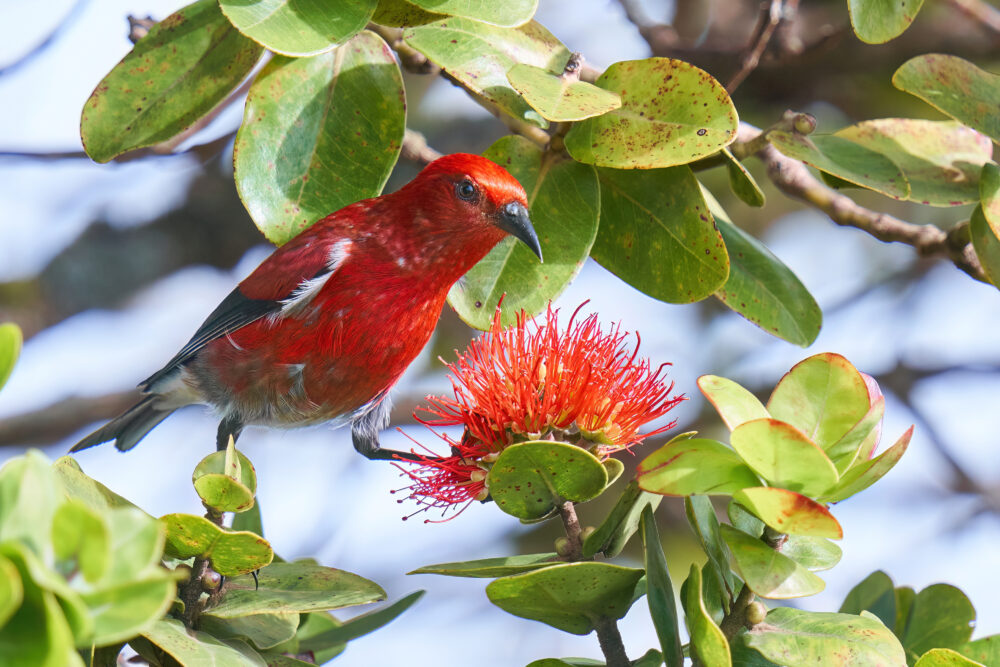We have much more to do and your continued support is needed now more than ever.
Last Chance to R.O.A.R. for Bighorn Sheep

Since the 1980s, Rocky Mountain bighorns have suffered steep decline, with populations falling as low as 30,000 by the beginning of the 21st century. The most recent (2012) population estimates for 12 states of the West are about 33,000 Rocky Mountain bighorns. Today, bighorns occupy only a fraction of available and suitable habitat. Bighorn populations struggle despite the fact that hunting is limited and closely regulated, and despite tremendous effort and expenditures from state wildlife agencies aimed at promoting bighorn populations.

Pneumonia outbreaks exact a heavy toll on bighorn herds, with mortality commonly running 50 percent or more – sometimes reaching 100 percent of a herd. Disease outbreaks also suppress lamb survival for years following an initial outbreak, because surviving ewes infect their offspring, slowing herd recovery.
In response to the threat, NWF has pioneered a widely accepted approach to resolving livestock/wildlife conflicts through voluntary, market-based agreements negotiated with livestock operators and land managers.
To date, NWF’s Adopt a Wildlife Acre program has effectively eliminated livestock conflicts involving grizzly bears, wolves and bison across 675,000 acres surrounding Yellowstone National Park and Montana’s Charles M. Russell National Wildlife Refuge combined. NWF is now pursuing grazing retirements that will ease and accelerate the transition away from domestic sheep grazing on public lands in proximity to occupied bighorn habitat, such as in the Centennial Mountains in Montana and Idaho. But we need your help!
NWF has joined Animal Planet’s R.O.A.R. campaign in order to REACH OUT, ACT, and RESPOND for bighorn sheep. These iconic American animals are counting on us. Without a safe place to roam, we will see their numbers continue to decline.























